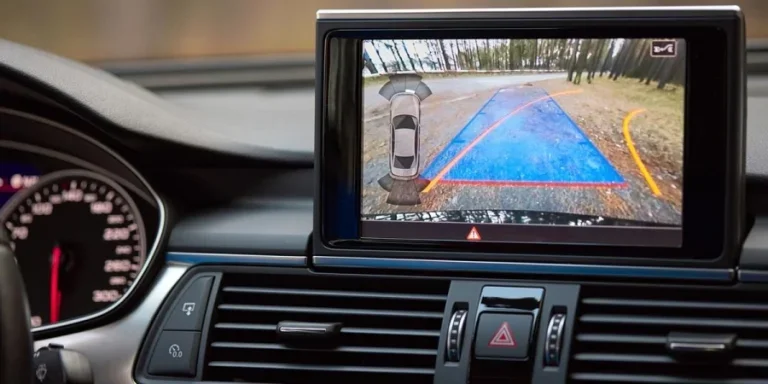The automotive camera sector is experiencing changes due to technological progress and a growing emphasis on safety and convenience factors driving this shift forward. Key features like high-quality video output capabilities, wide-angle view support, excellent night vision performance, and seamless connectivity options are defining the benchmarks in this field.
In today’s changing market landscape, it’s essential to keep up with the trends to seize new opportunities and stay ahead of the competition effectively. Managing these developments will help companies meet increasing vehicle safety and performance demands.
Table of Contents
● Market overview
● Key technology and design innovations
● Top-selling models driving market trends
● Conclusion
Market overview

Market scale and growth
The worldwide market for automotive cameras reached $8.3 billion in 2024 and is estimated to hit $16 billion by 2030, with a steady CAGR of 11.5%, as reported by MarketsandMarkets.
The substantial increase is fueled by the progress in self-driving technology and the growing acceptance of advanced driver assistance systems (ADAS). The rising interest from consumers in safety functionalities like lane departure alerts, collision prevention, and pedestrian recognition is also playing a role in expanding the market size. Moreover, The ongoing enhancements in vehicles featuring high-quality cameras are enhancing safety and operational capabilities, which drives the growth of the automotive camera industry.
Market shares and changes
By 2030, the camera market field in the Asia Pacific region is expected to be massive, with China, Japan, and South Korea predicted to be the key players. This is because of their high vehicle production and a rise in the use of advanced electronics and safety systems, paving the way for regional growth domination.
Furthermore, government programs to entice original equipment manufacturers (OEMs) are driving growth in these areas. Developed markets are also witnessing an increase in consumer interest in vehicles equipped with Advanced Driver Assistance Systems (ADAS), resulting in changes in market trends. As car manufacturers move their production facilities to the Asia Pacific region to take advantage of regulations and increasing populations, the area’s market share is steadily growing.
Key technology and design innovations

Advanced driver assistance systems (ADAS)
Incorporating ADAS functionalities like lane departure collision prevention alerts and cruise control into car cameras is significantly revolutionizing vehicle safety and enhancing the driving experience. These technologies utilize high-quality cameras that offer resolutions as high as 4k to deliver instant information and precise identification of road situations.
ADAS cameras use cutting-edge image sensors and sophisticated algorithms to spot lane markings, pedestrians, and other vehicles to provide timely alerts and trigger automatic responses when needed. For instance, stereo cameras can generate 3 representations of the surroundings, which boosts the system’s accuracy in gauging distances and recognizing objects precisely.
Dual and multi-channel dash cams
Moving from traditional lenses to dual and multi-channel dashboard cameras signifies technological advancement. These cameras are equipped with lenses – typically recording in 4k resolution for front cameras and 1080P for rear or cabin cameras. This configuration enables coverage by capturing footage from different perspectives to reduce blind spots.
Many cameras with channels come with wide-angle lenses that can capture up to 180 degrees of view and offer a panoramic view of the surroundings. Moreover, these cameras have night vision features that utilize LEDs to enable clear recording even in dimly lit environments. This comprehensive setup improves security by offering documentation of events from various angles.
AI-Powered Image and Video Analysis
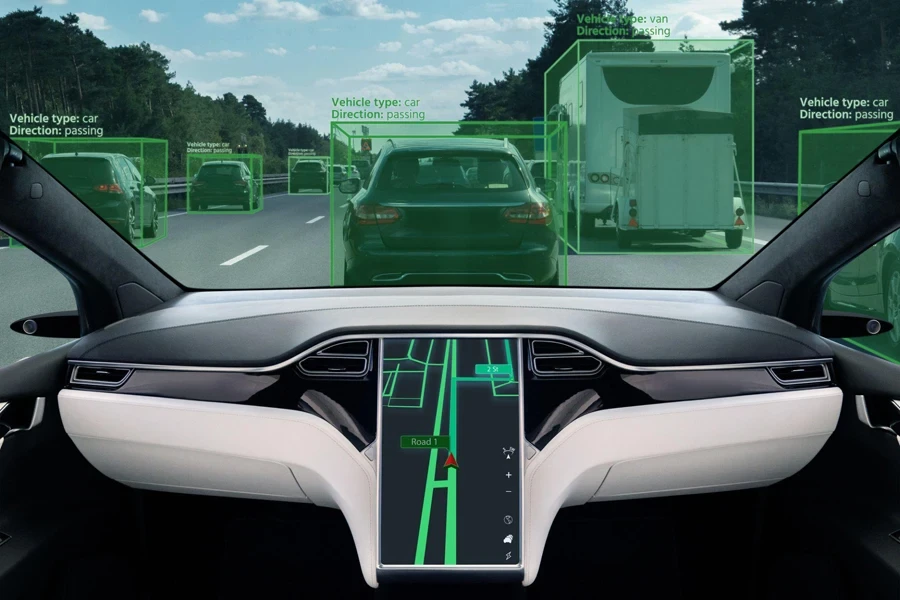
Artificial intelligence (AI) greatly boosts the functions of car cameras by analyzing images and videos in time. AI algorithms interpret video recordings to support tasks like identifying objects and faces and monitoring driver behavior. For example, advanced learning models can assess how attentive a driver is by spotting signs of tiredness or distraction and notifying the driver appropriately.
AI systems can also recognize traffic signs and adjust vehicle actions to follow road regulations and speed restrictions effectively over time by using neural networks for ongoing learning and enhancement in identifying and reacting to different road situations with precision.
Top-Selling Models Driving Market Trends
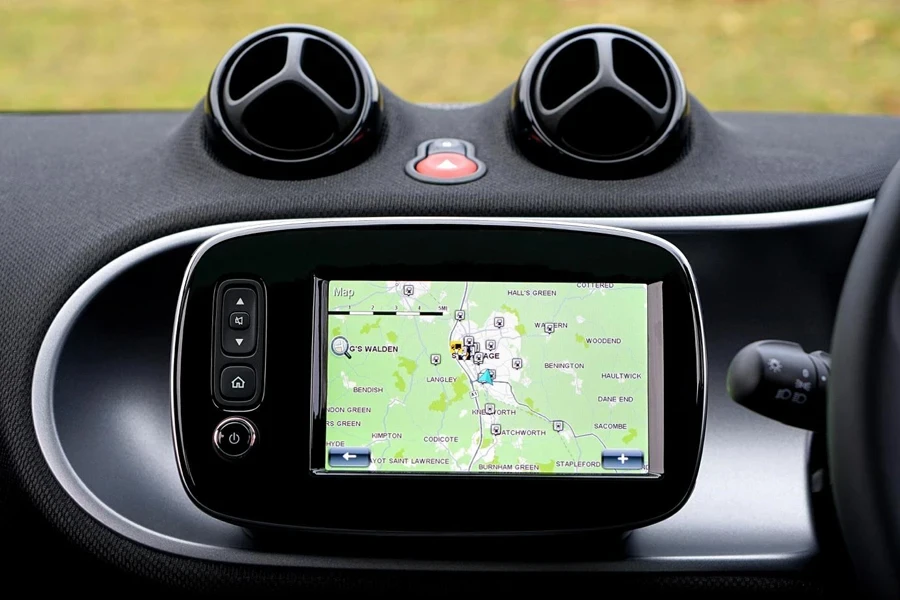
High-Resolution Video Capabilities
Car cameras that sell well usually have video recording features like 4k front cameras and 1080P rear or interior cameras that capture clear footage to spot important details such as license plates and road signs.
The Nextbase 622GW camera allows 4k video recording at 30 frames per second to produce visuals and excellent image clarity. The high-resolution video recording capability guarantees that even the tiniest details are easily visible—particularly important for examining accidents and processing insurance claims effectively.
Wide-Angle Lenses
Popular car cameras are known for their wide-angle lenses that give a view of a vehicle’s surroundings to effectively capture everything around it and minimize blind spots that might lead to missing important incidents.
The Garmin Dash Cam Mini 2 features a 140-degree lens that lets it capture a view of the road ahead, which is beneficial in heavy traffic and intricate driving situations to improve road safety.
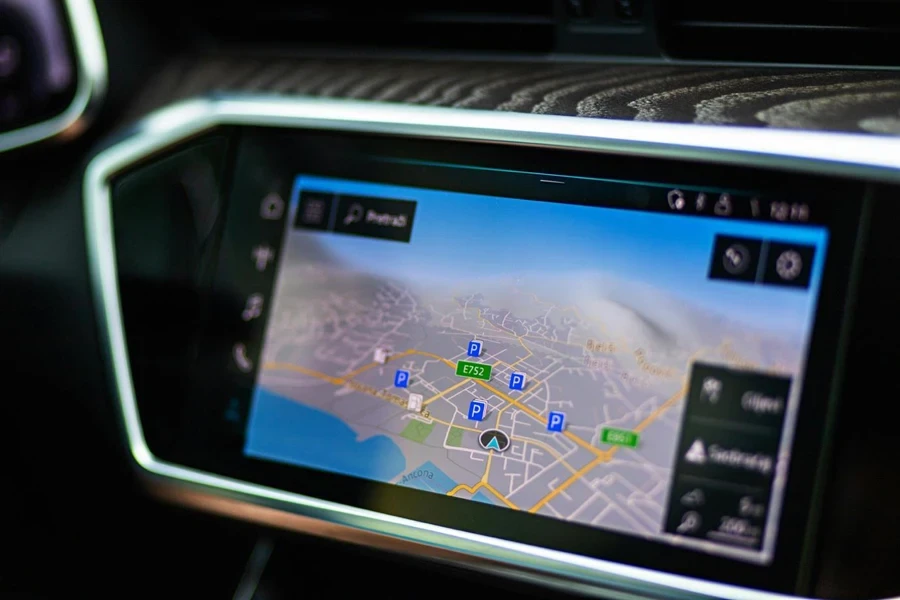
Robust Night Vision Capabilities
Recording videos in low-light situations demand night vision features, for visuals often found in popular camera models with infrared LEDs and high-tech sensors to improve nighttime recording quality.
The Vantrue N1 Pro features a Sony STARVIS sensor and four infrared LEDs that deliver superb night vision capabilities for both interior cameras. Its advanced technology enables the camera to produce detailed images even in low light conditions or darkness. This ensures that important events are captured accurately regardless of the time of day.
Built-In GPS and G-Sensors
Integrated GPS and GPS sensors play a role in ensuring accurate location monitoring and automatic detection of incidents while driving a vehicle. These functions allow the camera to record the location and velocity of the car, automatically storing video footage in case of a crash.
The Thinkware X1000 model includes a GPS module and a built-in g sensor that offers thorough data recording and automatic emergency capture features. These functionalities boost the vehicle’s safety measures and provide crucial information for analyzing incidents after they occur.
Smartphone Connectivity and Cloud Storage
The rising popularity of smartphone connectivity and cloud storage options meets the growing need for access and organization of videos and photos captured by cameras with Wi-Fi or Bluetooth capabilities that enable seamless connectivity to mobile devices for instant monitoring and effortless file sharing.
The Nextbase iX model provides cloud storage and smartphone integration features that allow users to upload and access video recordings remotely and effortlessly. This feature ensures that important footage remains easily accessible and can be promptly shared with insurance providers or law enforcement agencies when necessary.
Conclusion
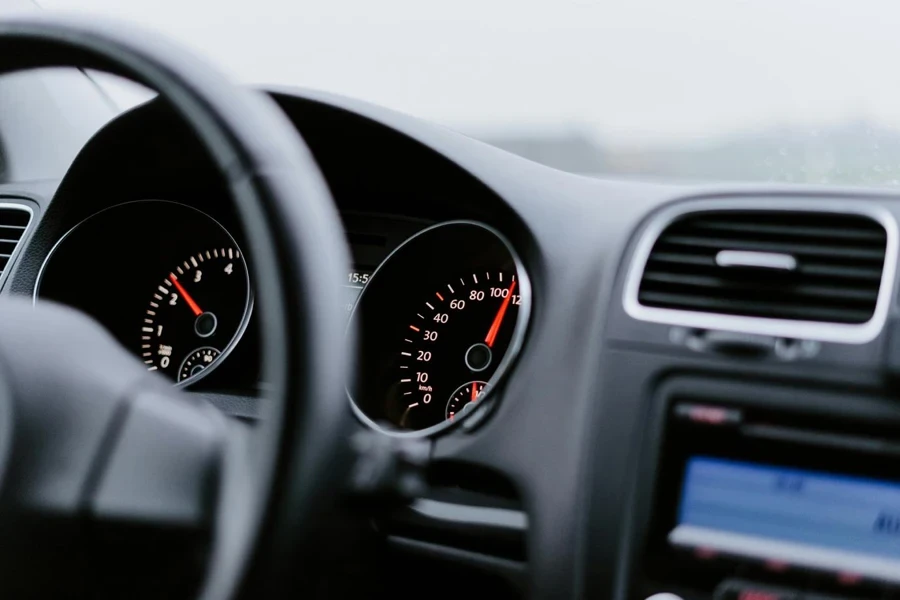
The market for car and vehicle cameras is set to experience expansion due to advancements in technology and the rising demand from consumers for safety and convenience features.
Cutting-edge technologies like AI-driven image recognition and cloud storage options are raising the bar in the industry norms today. Furthermore, the inclusion of channel dashboard cameras and emergency assistance setups is transforming the way motorists engage with their cars. As this sector progresses, these advancements are laying the groundwork for accepting self-driving vehicles.
